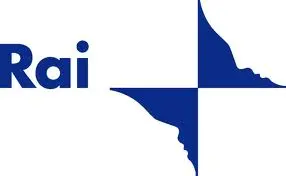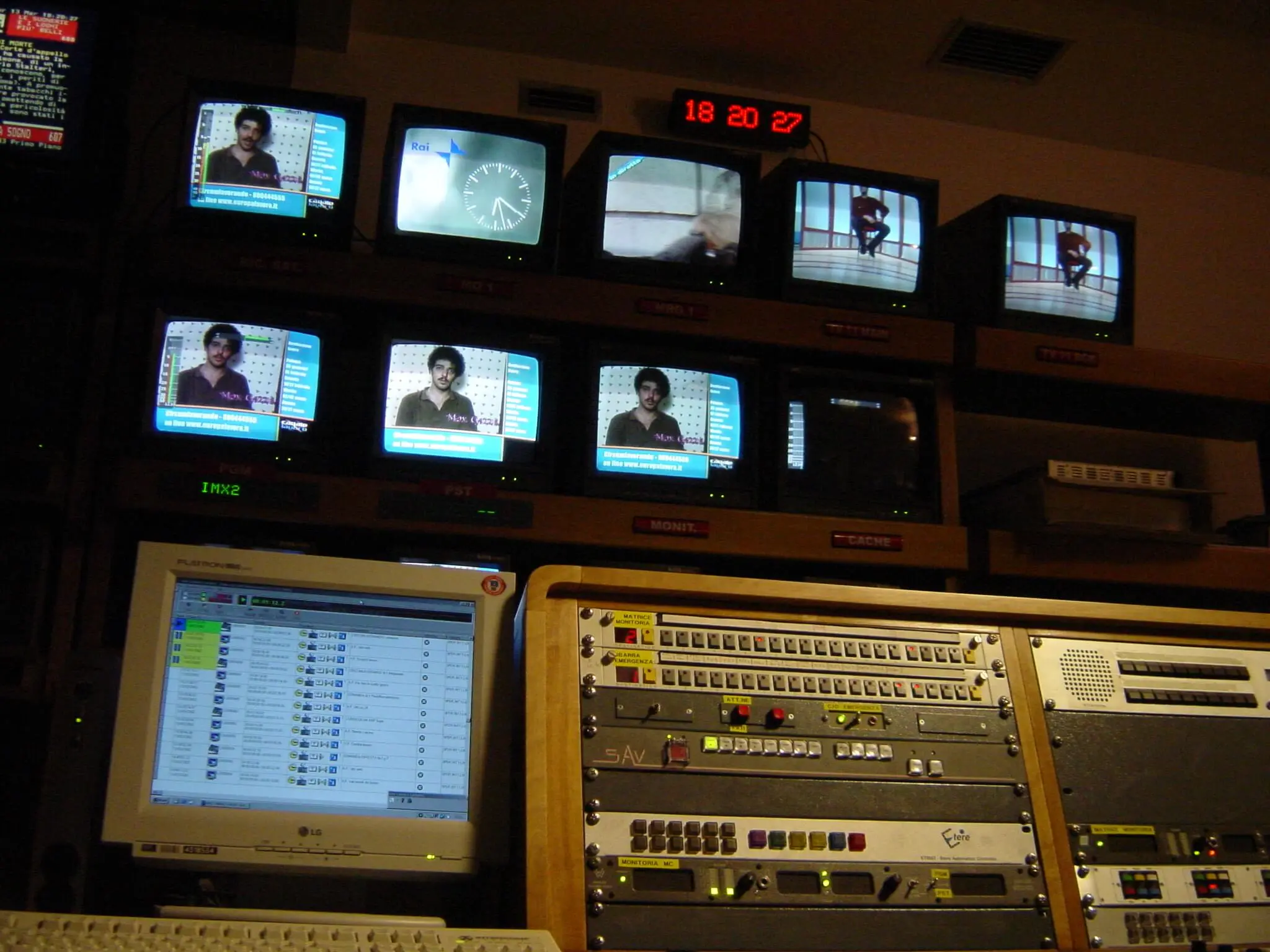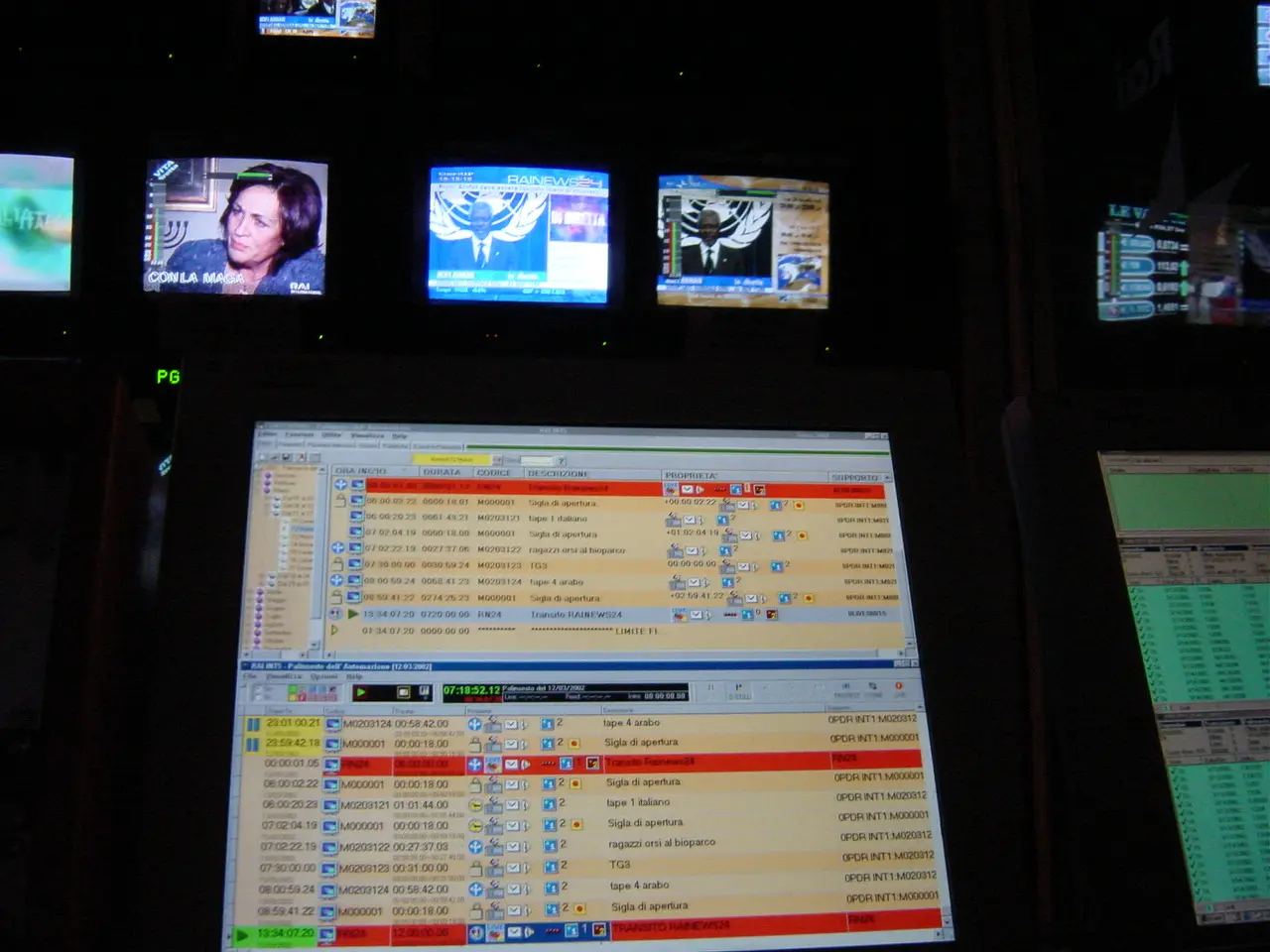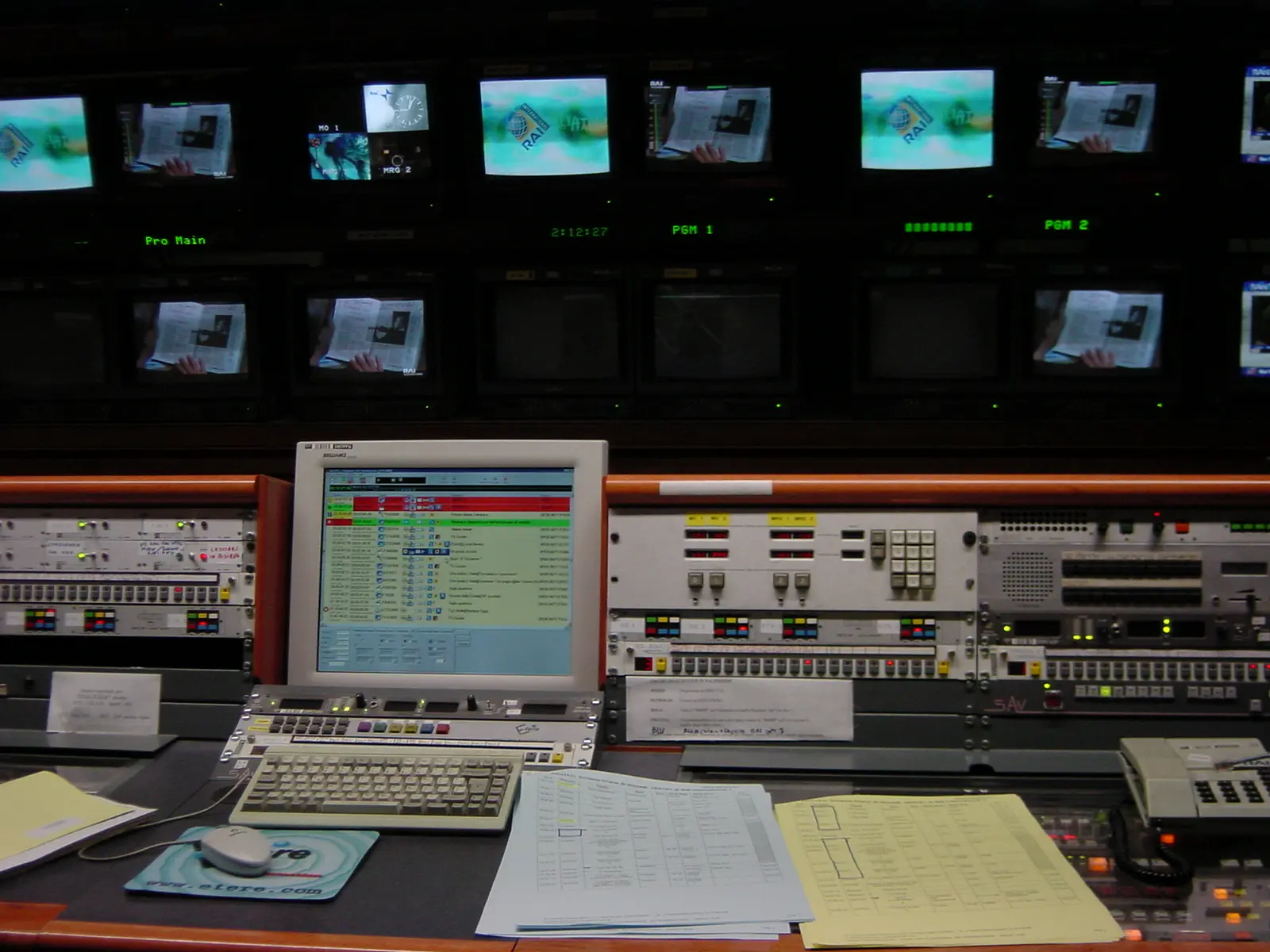TVB Europe RAI International
02 August 2000RAI International choses Etere for its channels. Please view the attachment for more information and for the full article.
"RAI International chose Etere for its channels" by Mike Clark.
Grass Valley Group's profile XP Media Platform has recently been installed in a new transmission system inaugurated by RAI International in Saxa Rubra (Rome) premises. as well as the Windows NT-based XP, which uses IP ( internet Protocol ) as a transport mechanism and supports fibre channel networking, the set-up included five of the firm's MC2100 master control systems. GVG regional sales manager Andrea Salvatore explains "This is new RAI International system officially went on the air in the first week of July and is used by Italy's state broadcaster for the management and transmission of three generalist channels transmitted via satellite throughout the world". Alberto Dal buono, head of the design of central system at the Engineering Department of RAIìs Production Division adds, "At present RAI International transmits a channel covering South America and Australia, another for Asia and Africa and a third for Nord America.
Each has its own distinct program, organised according to audience characteristics and time zones." Regarding the advantages offered by the new set-up, Dal Buono adds, "Channel management was previously only partially assisted by automation: the recordings of one channel were transmitted by a Sony LMS, those of the second using software controlling four separate D2 machines and a switch panel and the master controls were manually operated, with this new set-up, we've integrated the function of VTR management with the automation of the programs and the master controls; plus recording all program content on the server, it's available for transmission by several channels even if programming overlaps. since the three channels uses a lot of the national network' materials, recording directly to the server allows down times to be reduced and tapes be eliminated. We've also implemented Sony's new 50 Mbps IMX MPEG-2 4:2:2P digital format in the new system." Salvatore continues: "In the two-room set-up, the installation comprises five MC2100 master control systems and the three Profile XP media platforms - a four-in/four-out PVS 1026 for caching and two two-in/six-out PVS 1026 for transmission using Etere custom automation software by SIS, one of our partners and software developers for the various Profile platforms. RAI is a long-time Grass Valley Client and now has approximately 40 Profile units, as well as other analogue and digital master control systems, mixers, video routers ans assorted glue!" RAI International's new facility was projected taking several key factors into consideration: a large percentage of material transmitted ( recorded or live) is common to all three channels with different time zones and publicity and promo spots have to be inserted, as well as short program in general and subtitles. among the advantages which convinced RAI International to opt for a full caching server-based transmission system were the possibility of exploiting all the "shared" program content without having to record several copies of the same transmission because of transmission overlaps on the different channels, reducing hitches due to VTR mechanical problems and enabling transmission of program recorded on tapes and recording live programs directly on the server, for repeated or delay transmission. chaching work is handled by two flexi-cart machines, each with four VTRs ( two on back-up), all in the new 50Mbps IMX MPEG- 24:2:2P format, plus two auxiliary D2 units ( able to be used for transmission shuold the need arise).
Thanks to the ssystem's streaming capacity, editing can be carried out on the server during recording and the progremmes ( or segments) transmitted even before recording's finished, It's also possible to subdivide a recording into different segments according to the channel they're intended for. At RAI International transmission premises, there are two suites for controlling caching and for recording. A similar suite is located in one of the two "long recording" rooms dedicated to recording from the two shared outputs of Saxa Rubra's MRG 192x256 incoming signal recording router. Each suite is equipped with a panel with the basic controls for reviewing clips (jog and shuttle) and marking the beginning and end of a clip or its segments. transmission sources at the disposal of each channel are two outputs of the system server ( one main and one back up ), four external sources ( courtesy of Saxa Rubra's main router ) common to all channels, a text generator system common to all channels, two auxiliary 50 Mbps VTRs, an output from the recording router and the program output of the other channels. For transmission management, there are three on-air operator stations of the automation system plus another for the duty channel editorial head.
These are equipped with a manual control panel for selecting the channel on which to work and send the system automation basic operating commands. There are also the appropriate video/audio monitors for controlling signals at various points in the transmission chain, as wells as the remote panels of the system's equipment. continues Dal Buono: "Selected RAI technical staffers were trained on use of the new GVG hardware and passed on this knowledge, suitably adapted to suit our in-house production characteristics, to all our operators. This however was not by any means our first impact with the new technology in channel operation - we already have a server-based system for the automatic transmission of publicity spots on RAI's terrestrial networks and set-up of four thematic channels which is also completely automated, but this is the very first generalist' setup with numerous live shows which RAI has automated. As far as publicity is concerned, the cassettes are recorded automatically on the server via an Ethernet link with RAI Trade's production system." Regarding future plans, he concludes "An increase in channels is forecast for finer program selection and extension of coverage to other zones - hence the reason for five MCI 2100 and not just three - and from a technical point of view, we've already confirmed the functionality of connecting this system's servers with the fiber channel infrastructure of our fast Teca archive, which has a capacity of over 350 Tbytes."
 Back
Back


